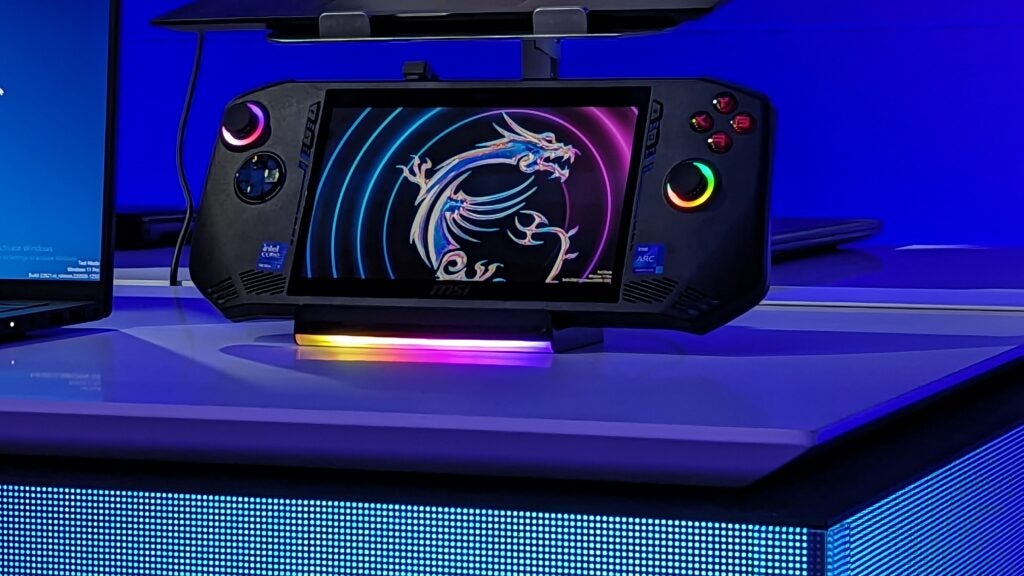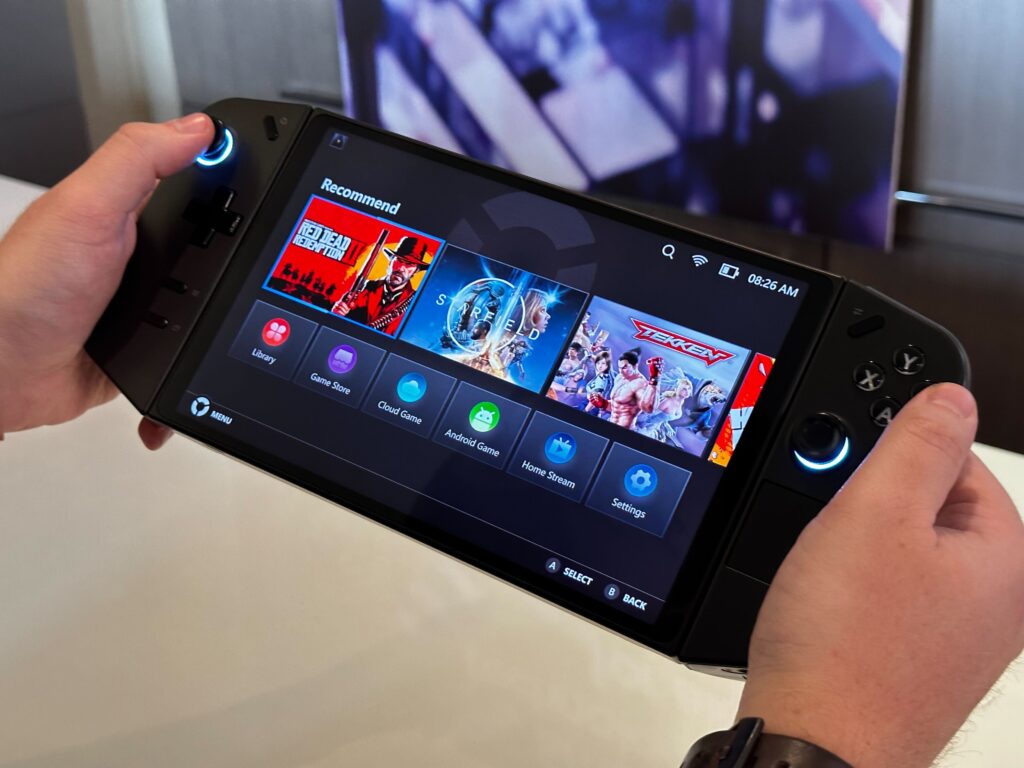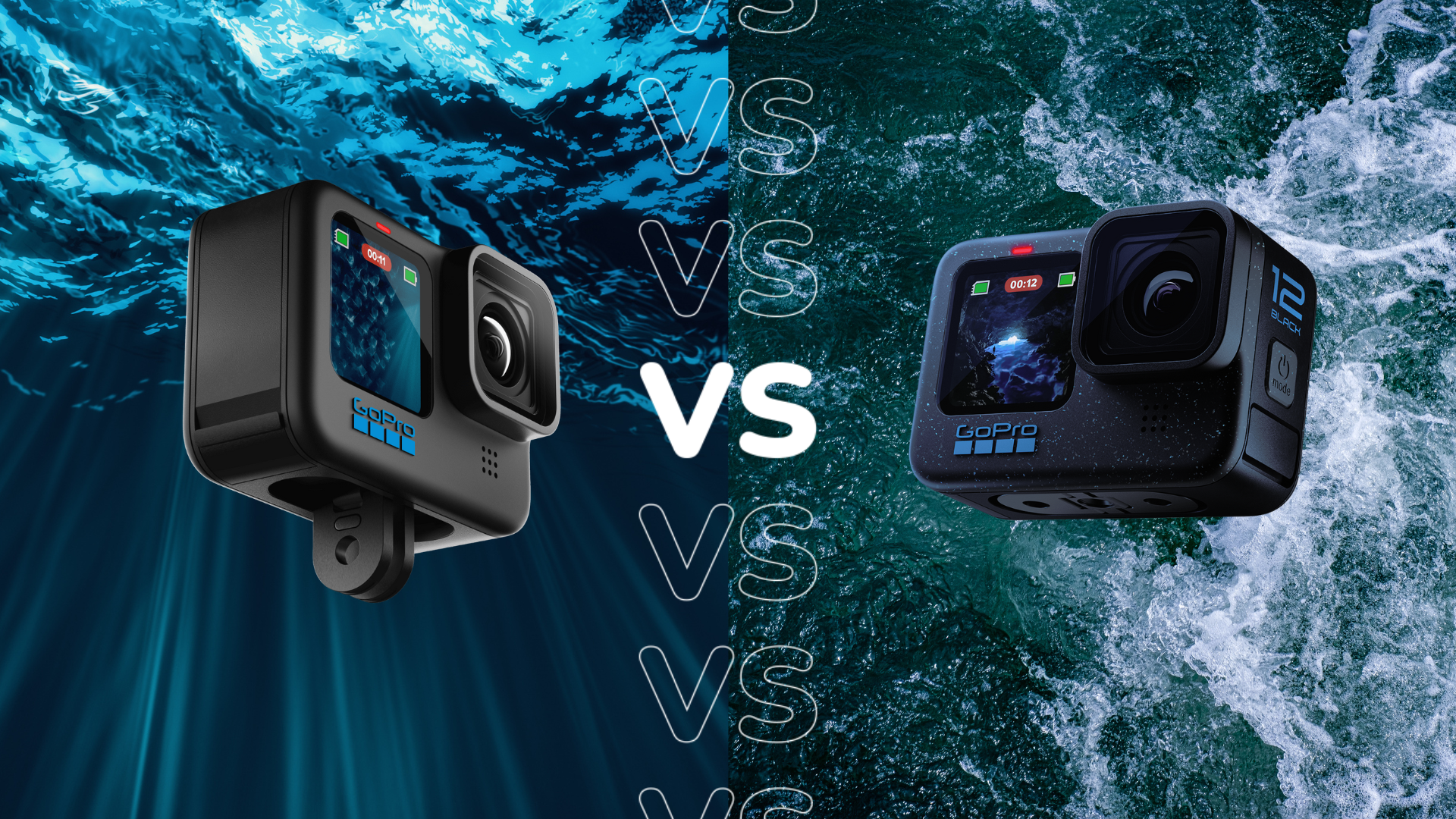MSI Claw vs Lenovo Legion Go: Which handheld wins?

As more and more gaming handhelds have emerged, many of them have had one thing in common. The commonality is a chip from manufacturer AMD but MSI is bucking the trend. The new MSI Claw was recently revealed but how does it compare to the Lenovo Legion Go?
Gaming handhelds are here to stay. 2023 saw the category explode, with upgrades to existing models to completely new models hitting the market, but 2024 is going to be even bigger.
Before 2024 hit, we already expected the trend to continue to grow, with Qualcomm joining the fray with its new gaming mobile chips at some point this year. But, MSI got things started with a new Intel-powered Windows gaming handheld reveal. Let’s see how it compares with its fierce Lenovo rival.
Intel vs AMD
The eye-catching feature of the MSI Claw is the Intel Core Ultra logo you’ll find on its chassis. It’s one of the first gaming handhelds to go with Team Blue rather than AMD. The Claw is set to offer up either a Core Ultra 5 or Core Ultra 7 alongside 16GB RAM and a choice between 512GB or 1TB SSD. By comparison, the AMD-powered Lenovo Legion Go only comes in an AMD Ryzen Z1 Extreme model, with 16GB RAM and 512GB SSD, giving you less choice in specifications. Both devices start at a £699/$699 price.

We’ll have to wait until we fully review both of these devices to properly compare performance but it’s worth noting the MSI Claw can reach up to 45W of power compared with the max 30W of the Legion Go. This could make all the difference.
The Legion Go display is larger and higher resolution
If you’re after a rich and immersive viewing experience, the Legion Go likely has that one in the bag. You’ll find a QHD+ 8.8-inch display on the Lenovo while the MSI sticks with FHD+ and just a 7.4-inch panel. However, this, of course, has its downsides. The Legion Go weighs in at 854 grams and comes in at a 299 x 131 x 41mm size, compared with the comparatively dinky 675 grams and 294 x 117 x 21.2mm of the Claw.

Apple Music
Apple Music gives you access to over 100 million songs and 30,000 playlists, ad-free. Listen online or off, across all your devices, and hear sound all around in Spatial Audio with dynamic head tracking. You can now try 1 month for free!
- Apple
- Get 1 month free
- £10.99 p/m
The smaller MSI Claw actually has a bigger battery
Interestingly, MSI has managed to pack a larger battery into its device than the much larger Legion Go. You’ll find a 53Whr cell compared with a 49.2Whr on the Lenovo. Companies are often reluctant to make specific claims on battery life when it comes to gaming handhelds due to the varying workloads of different games and differing settings but MSI was keen to tout it expects two hours in even the most demanding games. As such, we’d expect the Legion Go, and its bigger and more detailed display to come up short in that department.

Detachable controllers make the Legion Go stand out
The MSI Claw may stand out against many gaming handhelds due to its Intel processor but the Lenovo Legion Go has a more physical distinction. The Legion Go, like the Nintendo Switch, offers detachable controllers for more flexible wireless play. It’s a clever system that should work well with the large display alongside it, letting you play at whatever angle and in whatever seating position you fancy.
The right Legion Go controller also comes with a stand, which offers up an FPS mode, made for use in competitive games that require a more accurate command of the mouse.






